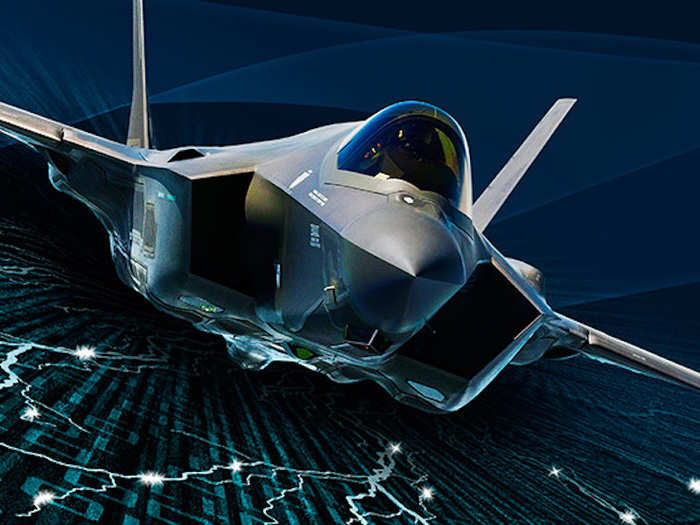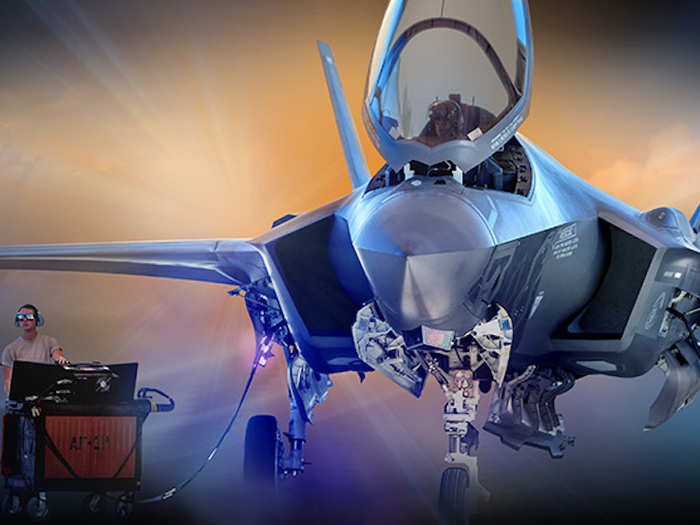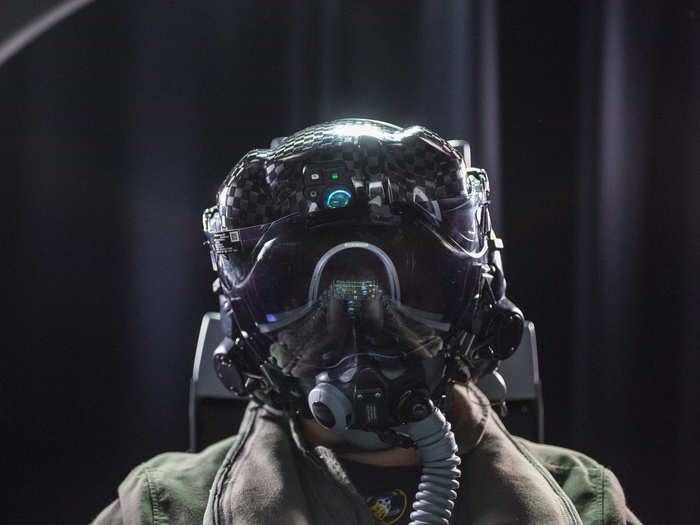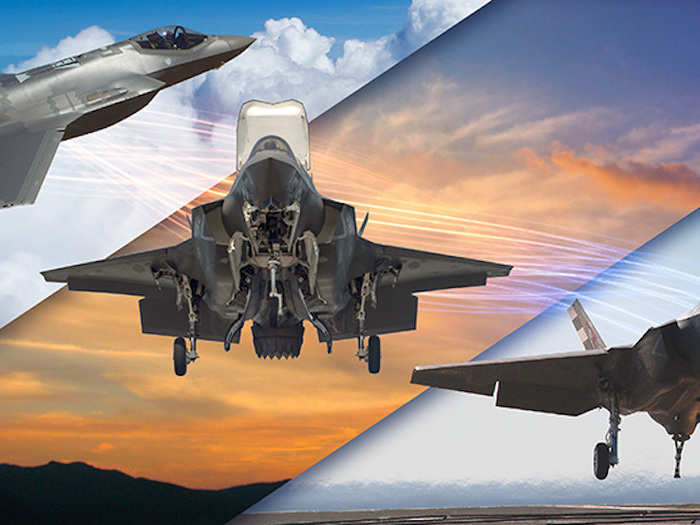- Home
- Military & Defense
- 5 reasons why the new F-35 will reinvent aerial combat
5 reasons why the new F-35 will reinvent aerial combat
It's virtually undetectable

It can see what you're seeing

Sharing is caring, and in today's seamlessly connected world, it's considered a necessity when it comes to information during combat.
The F-35 is capable of "quarterbacking" other aircraft — that is, seeing an integrated picture and then sharing the data with other pilots on the same network.
But it doesn't end there. That same data can not only be transmitted to other legacy jets, but also ground forces as well. This Multifunction Advanced Data Link (MADL) developed by Northrop Grumman provides pilots the ability to share necessary information securely — without worrying about interception by enemy networks.
It has a robust data system

Given the large number of F-35s being produced for the US and other allied nations, it's crucial to keep maintenance records and allow that information to be shared amongst other pilots in the squadron.
As the F-35's "nerve center," the Autonomic Logistics Information System (ALIS) feature compiles a large amount of data to solve any issues with the aircraft, and then transmits it across a network for technicians to disseminate — even during flight. With the ALIS feature, technicians on the ground can be better prepared to provide maintenance during a scenario that calls for quick action.
However, a critical piece of software such as this may not be impervious to problems. CNN reports that the entire fleet could be grounded due to ALIS' issues. Additionally, according to Aviation International News, the DoD claimed that it was "the most prominent, current technical [risk]" as recently as June.
It has a specific helmet for the pilot

It doesn't make sense to ride an expensive motorcycle merely to skimp out on a worthwhile helmet. Well, the F-35's bespoke helmet is no different.
The Distributed Aperture System (DAS) provides real-time images that are streamed from six infrared cameras mounted on the F-35's airframe — providing the lucky pilot with better situational awareness and reducing their workload. Numerous other vital feeds, such as airspeed, heading, altitude, targeting information, and warnings are all displayed on the helmet as well, unlike the traditional heads-up display.
It makes it seem like you're flying in virtual reality — only that you're not.
It comes in 3 different flavors

Sometimes, you might actually want a hammer to kill a fly.
Due to the evolving nature of the battlefield, three variants of the F-35 were created to address the need of various scenarios: the F-35A, F-35B, and the F-35C.
Although they all share the same designation and advanced avionic features, each has a different method of operating.
Similar to conventional aircraft, F-35A takes off of runaways and engages air-to-air and air-to-ground targets.
The F-35B variant on the other hand, features a unique short takeoff/vertical landing (STOVL) ability that's able to take off from short-field bases and air-capable ships.
Finally, the F-35C — the US Navy's first stealth fighter — is designed with the Navy in mind; considering it's specifically designed for aircraft carrier operations.
Popular Right Now
Advertisement